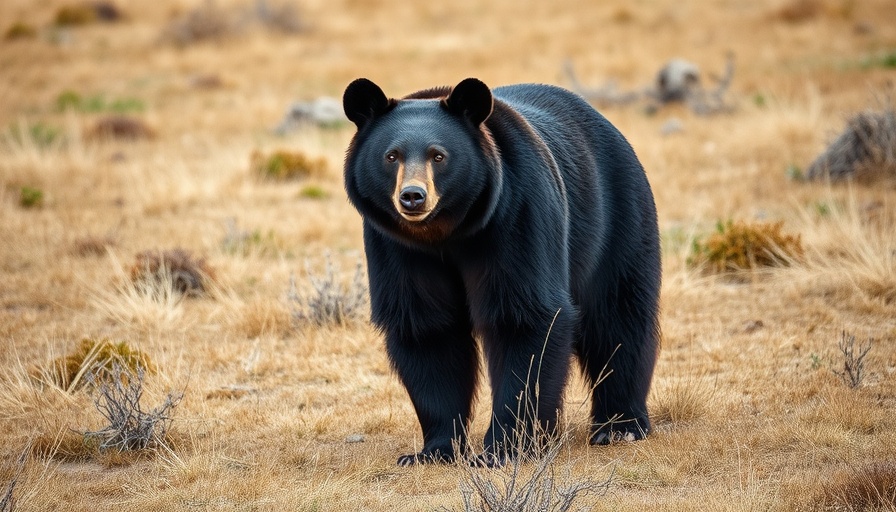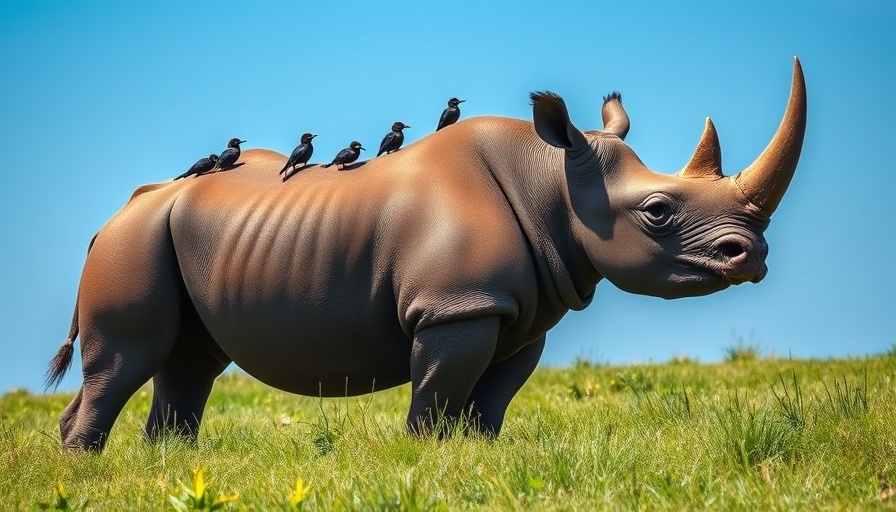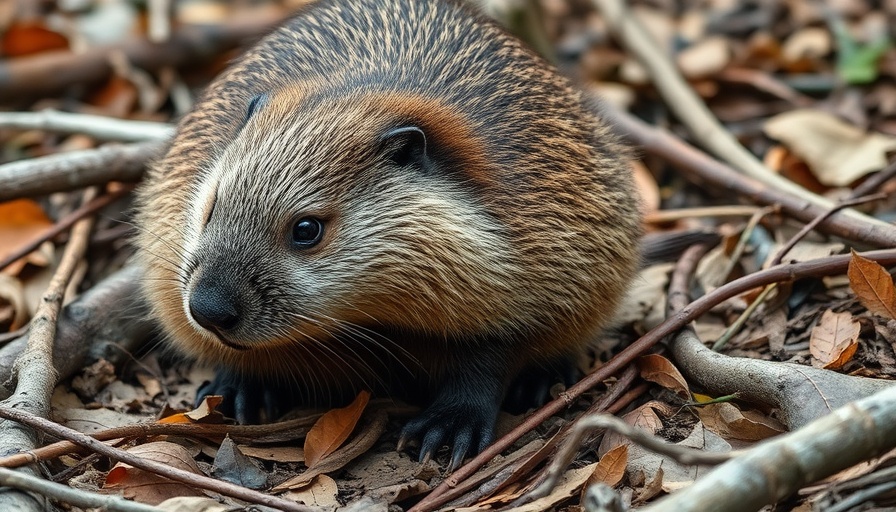
Shocking Incident: The Illegal Killing of a Mother Bear
In a tragic event that has left the local community near Williams Lake reeling, a mother black bear was shot and killed, leaving her five cubs orphaned. This illegal act, which violates British Columbia’s strict wildlife protection laws, occurred over the weekend of May 24-25, sparking an investigation by the Conservation Officer Service. Witnesses reported seeing the bear carcass and her surviving cubs after a passing motorist alerted authorities.
Community Response and Efforts for Rehabilitation
The heart-wrenching situation was immediately met with concern from the community and wildlife advocates. As a result, the cubs, now only a few months old, are undergoing rehabilitation at the Northern Lights Wildlife Society in Smithers, BC. Reports indicate that as of June 2, two of the five cubs have been safely captured and are being cared for by dedicated staff. This moment underscores the resilience and adaptability of wildlife, as conservation officer Jeremy Pauls noted how rare it is to see a black bear successfully raising five cubs simultaneously. The efforts to rehabilitate these vulnerable animals highlight the community’s commitment to wildlife preservation.
The Importance of Wildlife Protection Laws
Under the Wildlife Act in British Columbia, it is illegal to shoot a sow with cubs or any black bears under the age of two. These laws are in place to protect the delicate balance of local ecosystems and ensure the survival of wildlife populations. The shooting of this mother bear represents not merely a violation of these laws but a grave threat to biodiversity in the region, particularly at a time when wildlife populations are already declining significantly due to human activities.
Understanding the Broader Crisis of Wildlife Decline
The illegal killing of the mother bear is just one of many incidents reflecting a disturbing trend in wildlife conservation. According to recent studies, vertebrate wildlife populations have seen a staggering 73% decline over the last 50 years, primarily due to human actions such as habitat destruction, pollution, climate change, and overexploitation of resources. These factors not only threaten individual species but disrupt entire ecosystems, underscoring the urgency for conservation efforts and responsible environmental stewardship.
What You Can Do to Help
The community response to the tragedy of the mother bear’s death has been profound, emphasizing that individuals can make a difference. Helping local wildlife organizations, advocating for stronger wildlife protection laws, and participating in conservation efforts can all contribute to the well-being of regional wildlife. With as little as a $5 donation, individuals can support initiatives that focus on rehabilitation and habitat preservation, ensuring that future generations can experience the beauty of wildlife.
A Call for Vigilance and Compassion
As residents of the high desert, we share our environment with these magnificent creatures. It is crucial that we stay vigilant and compassionate towards local wildlife. By standing together against illegal hunting and habitat destruction, we can help ensure a thriving ecosystem. Let’s rally around these orphaned bear cubs and do our part in safeguarding their future.
Join the fight for wildlife by supporting local conservation efforts. Your involvement can pave the way for a brighter future for these innocent creatures.
 Add Row
Add Row  Add
Add 




Write A Comment